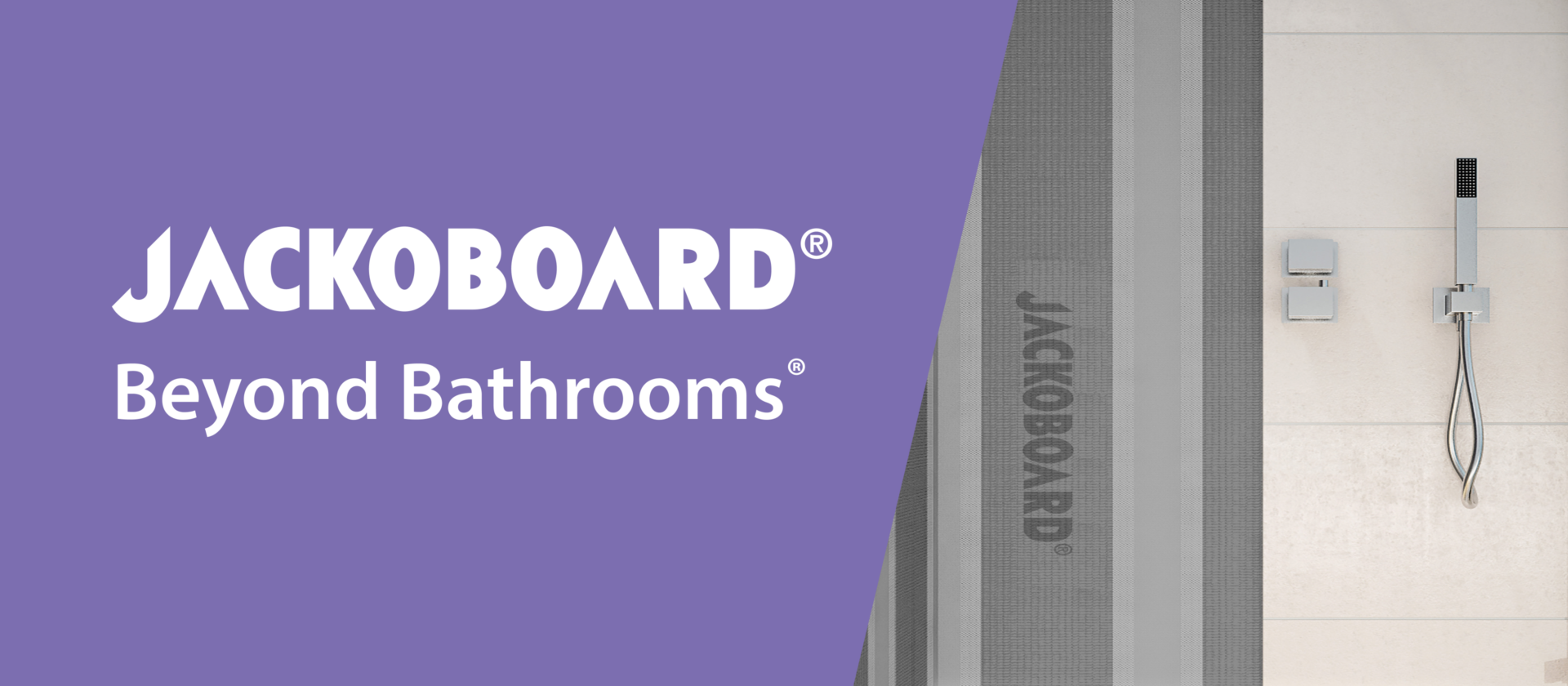TTA URGES AWARENESS OF CHANGES IN BRITISH STANDARD BS 5385 PART 1: 2018 – DESIGN AND INSTALLATION OF CERAMIC, NATURAL STONE AND MOSAIC WALL TILING IN NORMAL INTERNAL CONDITIONS – CODE OF PRACTICE
The latest revision to the British Standard covering wall tiling includes a number of important changes, of which those working in the industry need to be aware.
BS 5385 Part 1: 2018 was published on 30 June and includes the following new requirements:
- Tiling should be carried out by a skilled operative, who has been trained to a level of competence, certified by a recognised authoritative body, such as the TTA;
- Tiling direct to plywood is no longer recommended for wall tiling, but a bespoke tiling backer board should be used;
- New adhesive coverage requirements for large format tiles;
- New minimum grout widths, dependent on the size of tile.
These changes are coming in as part of the regular review of the Standard and are designed to reflect product changes and developments within the industry since the publication of BS 5385 Part 1: 2009.
The incorporation of a requirement on Workmanship (Clause 7.1.3) is a change the TTA has been lobbying for and is highly significant for the whole industry. For the first time the Standard now recognises the importance of the quality of workmanship and requires that the installation of ceramic or natural stone tiling is carried out with “efficient supervision and the employment of properly trained operatives, skilled to an appropriate level of competence, certified by a recognised authoritative body, eg. The Tile Association”.
“The new emphasis on skill levels enshrined in the Standard fits with Government initiatives to qualify the workforce,” says Brian Newell, chairman of the TTA’s Technical Committee. “It is also noteworthy that TTA has been explicitly mentioned in a British Standard, so it is a recognition of the work that the TTA has been doing to drive up quality in the industry, enhance training opportunities and to ensure that the quality of work carried out in our industry is adequately policed. This is a very important development which will help drive up quality and also enhance customer confidence in the industry.”
In other sectors of construction, a system for the licensing of operatives is now being looked at. The Federation of Master Builders has recently published an independent report which considers the benefits of this and how it might work.
Such initiatives could be extended to the tiling sector as well, and the Technical Committee and Training Committee of the TTA are already working on a programme of fixer competence tests, which could be incorporated into such a licensing system.
The other changes in the Standard mainly reflect recent technical developments in the market. The removal of plywood from the new Standard, as a recommended substrate for wall tiling, is viewed as necessary due to the wide variance in the quality of product now available on the UK market. A lot of cheaper imported plywoods are not able to provide a “stable and rigid background”, as mentioned in the previous Standard. The decline in the quality of plywood is mirrored by the rise of specially developed tiling backer boards which are now offered by a number of manufacturers. These are stable and moisture resistant, as well as being more environmentally friendly.
There are also new adhesive coverage requirements in the Standard, which have been introduced to cope with an increase in the size and type of tiles that are now on the market, in particular large format and heavier tiles. The Standard requires that tiles of a certain weight, for instance 9mm porcelain tiles weighting more than 14kg, should be solidly bedded regardless of their size.
Grout joint widths are also addressed in the new Standard, so that grout widths vary according to facial area of the tile concerned. Smaller tiles up to 600mm length should have a minimum joint width of 2mm, while larger tiles up to 1200mm length should have at least a 3mm grout width. In the case of ceramic panels, the grout width needs to be increased relative to the size of the panel. For instance a 3m panel will require a joint width of 5mm.
“The new Standard contains a number of important changes which everybody needs to be aware of, affecting both product usage and the quality of installation,” says Brian Newell. “The TTA is therefore planning to organise technical seminars in the coming months at which all these changes will be fully presented and discussed. More information on these events will be available in due course.”


